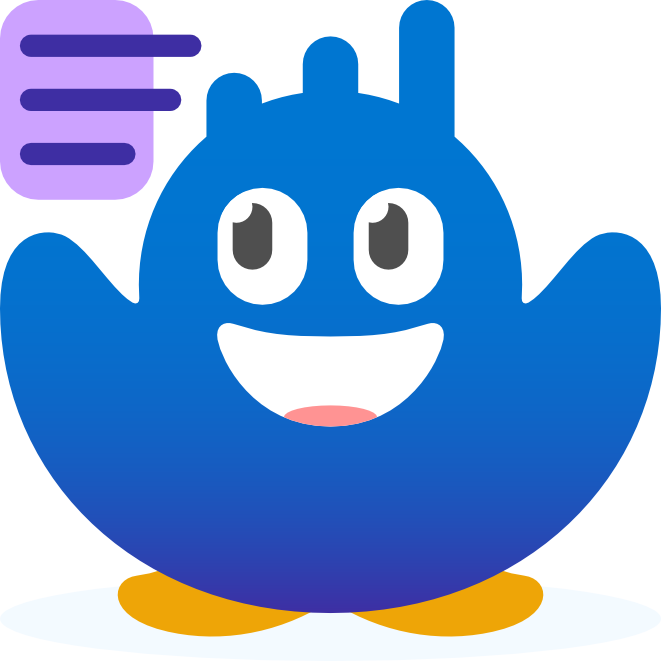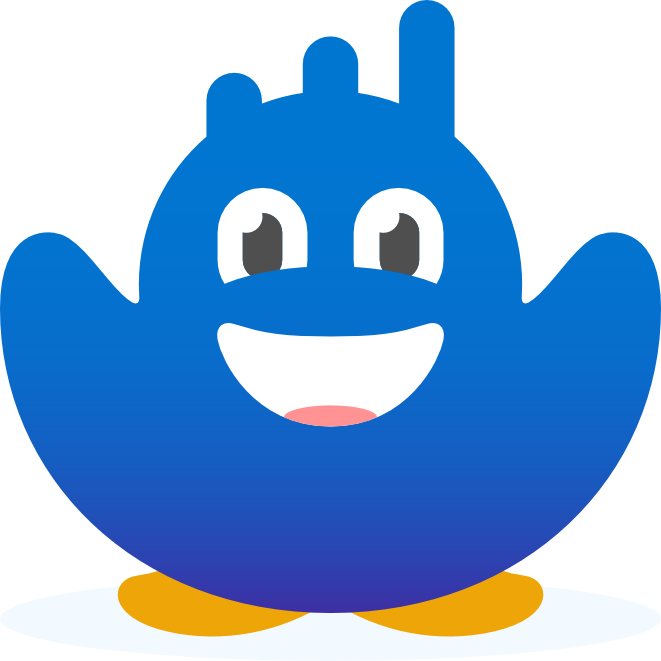Without a clear understanding of who your ideal customers are, you risk wasting precious time and energy.
Today, we’ll guide you through the process of defining your target audience and reaching them effectively.
What is a Target Audience?

A target audience is the specific group of people most likely to be interested in your products or services.
Identifying this group allows you to tailor your marketing strategies to their unique needs, preferences, and behaviors.
When you have a clear picture of who your ideal customers are, you can craft personalized marketing campaigns that speak directly to them. This targeted approach leads to higher engagement rates and, ultimately, increased sales.
When you understand what resonates with your audience, your messaging becomes more impactful. You can address their pain points directly, making your marketing efforts not only more efficient but also more effective.
Target Audience Examples

To illustrate how defining your target audience works in practice, let’s look at a few examples from different industries:
- Fitness Studio: Targets young professionals aged 25-35 who live in metropolitan areas and are interested in health and wellness.
- Luxury Skincare Brand: Focuses on affluent women aged 35-50 who are interested in premium skincare products and have higher disposable incomes.
- Online Learning Platform: Aims at working adults aged 30-45 who are looking to upgrade their skills and advance their careers.
- Local Coffee Shop: Appeals to college students and young professionals aged 18-30 who live nearby, enjoy artisanal coffee, and seek a cozy environment.
- Eco-Friendly Apparel Brand: Targets environmentally conscious consumers aged 25-40 who value sustainable fashion and ethical manufacturing practices.
Demographic vs. Psychographic Targeting 🔍
Demographic targeting focuses on measurable factors like age, income, and location, while psychographic targeting explores into lifestyle, values, and interests. Both approaches are valuable and, when combined, offer a comprehensive understanding of your audience.
Benefits of Defining Your Target Audience

Defining your target audience brings several key benefits:
- Increased Sales: By targeting the right people, you attract customers who are genuinely interested in what you offer, boosting your sales.
- Improved Marketing Efficiency: Tailoring your messaging to a specific audience increases engagement and conversion rates.
- Better Product Development: Understanding your audience’s needs helps you develop products that meet their demands.
A Personalized Customer Experience 🌟
When you tailor your offerings to your target audience, you create a more personalized experience. This can lead to increased customer satisfaction and loyalty, as customers feel that your business truly understands their needs.
Steps to Define Your Target Audience

Here’s a step-by-step guide to defining your target audience:
- Research Your Market: Understand your industry and market trends. Identify competitors and potential customer segments.
- Analyze Your Current Customers: Look at your existing customer base. Identify common characteristics such as age, gender, and location.
- Conduct Surveys and Interviews: Gather feedback from your customers to gain deeper insights into their needs and preferences.
- Create Customer Profiles: Develop detailed profiles of your ideal customers, including demographics, behaviors, and pain points.
- Test and Refine: Continuously test your marketing strategies and refine your audience profiles based on feedback and performance data.
Utilize Analytics Tools 📊
Leverage analytics tools to gather data on customer behavior. These tools provide insights into how your audience interacts with your brand, helping you make data-driven decisions and refine your strategies.
Common Mistakes to Avoid When Defining Your Audience

Avoid these pitfalls to ensure your target audience definition is on point:
Being Too Broad 🌐
Targeting a broad audience dilutes your marketing efforts. Be specific about who you want to reach to enhance effectiveness.
Ignoring Feedback 🚫
Neglecting customer feedback can lead to inaccurate profiles. Regularly seek input to refine your understanding of your audience.
Not Updating Audience Profiles 🔄
Market conditions and customer preferences change over time. Regularly update your profiles to stay relevant.
Overlooking Niche Markets 🎯
Focusing on niche markets can be highly effective. Don’t ignore smaller segments that may offer significant potential.
6 Ways to Reach Your Audience

With your target audience clearly defined, here are some methods you can use to reach them effectively:
- Social Media Marketing: Engage with your audience on platforms like Facebook, Instagram, and LinkedIn using targeted ads, posts, and stories.
- Email Marketing: Send personalized emails featuring relevant offers and updates that align with your audience’s interests.
- Content Marketing: Create valuable content in seconds with BlueDash’s free AI text generator, including blog posts, videos, and infographics that address your audience’s needs.
- Search Engine Optimization (SEO): Optimize your website and content for search engines to attract organic traffic from relevant searches.
- Influencer Marketing: Partner with influencers who resonate with your target audience to promote your brand through their channels.
- Events and Webinars: Host or participate in industry events and webinars to connect with your audience in person or online.
For even more ideas, check out our comprehensive list of free marketing strategies in this blog post: 15 Free Marketing Ideas for Small Business Owners.
Reach Your Audience Faster with Paid Ads 💰
Paid advertising can help you connect with your target audience more quickly. Platforms like Google Ads and Meta Ads offer detailed targeting options to ensure your ads reach the right people.
Utilize Data Analytics 📈
Analyze your marketing efforts’ performance using data analytics tools like Google Analytics or a CRM system like Salesforce. This helps you understand which strategies work best and where adjustments are needed.
How to Evolve Your Target Audience Over Time

As your business grows, your target audience profiles should evolve:
Monitor Market Trends 📈
Stay updated on industry trends and changes in consumer behavior. Adjust your audience profiles accordingly.
Analyze Business Growth 📊
As your business expands, you might attract new customer segments. Review and update your profiles to reflect this growth.
Incorporate New Data 🆕
Utilize data from customer interactions and market research to keep your audience profiles up-to-date.
Seek Continuous Feedback 🗣️
Regularly gather customer feedback and use it to adjust your audience profiles to meet their evolving needs.
Wrapping It Up
Defining and understanding your target audience is crucial for successful marketing.
By focusing your efforts on the right people, you can create more effective campaigns, increase engagement, and drive sales. Remember to continuously refine your audience profiles based on data and feedback to stay relevant and effective.




